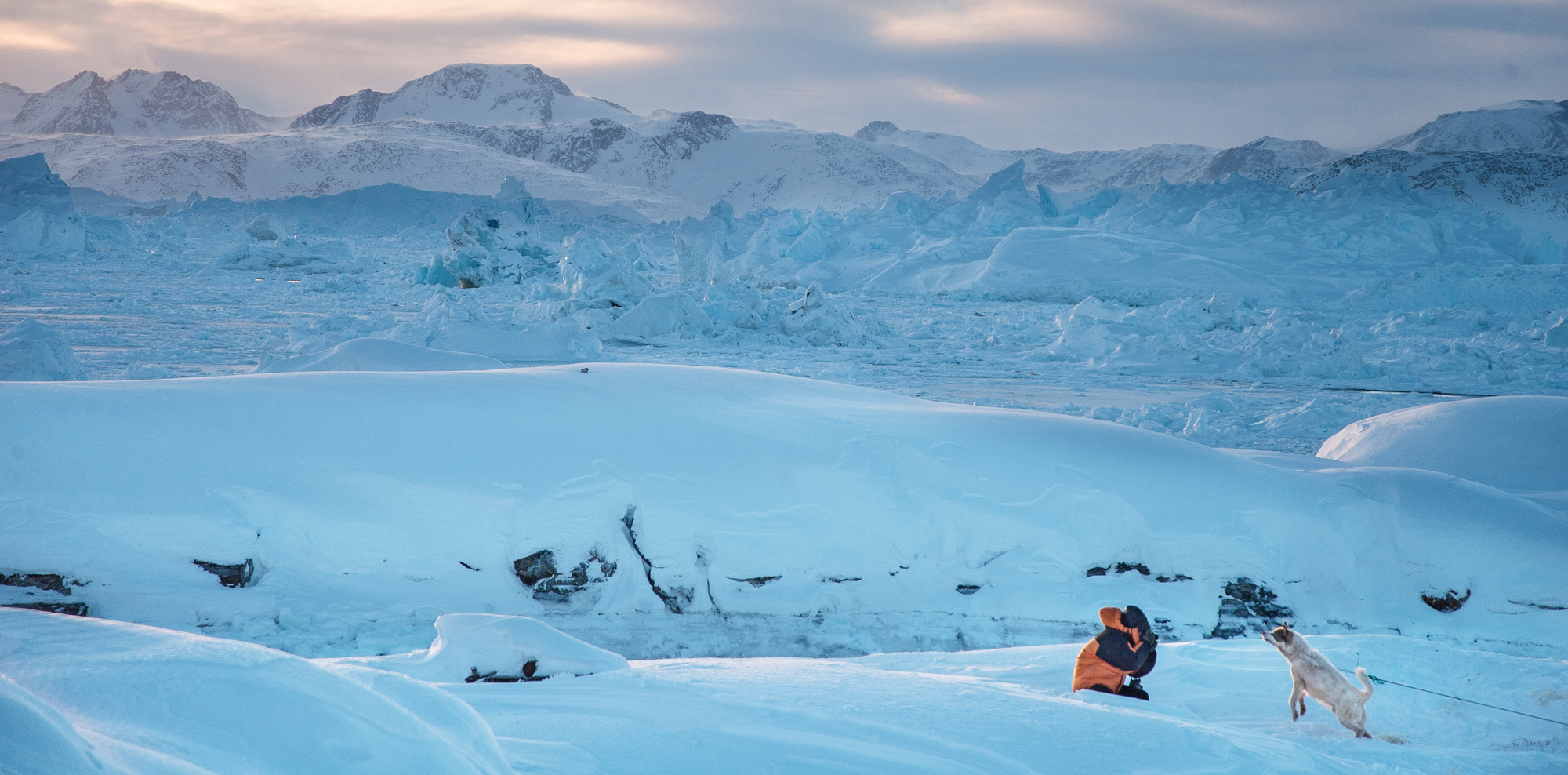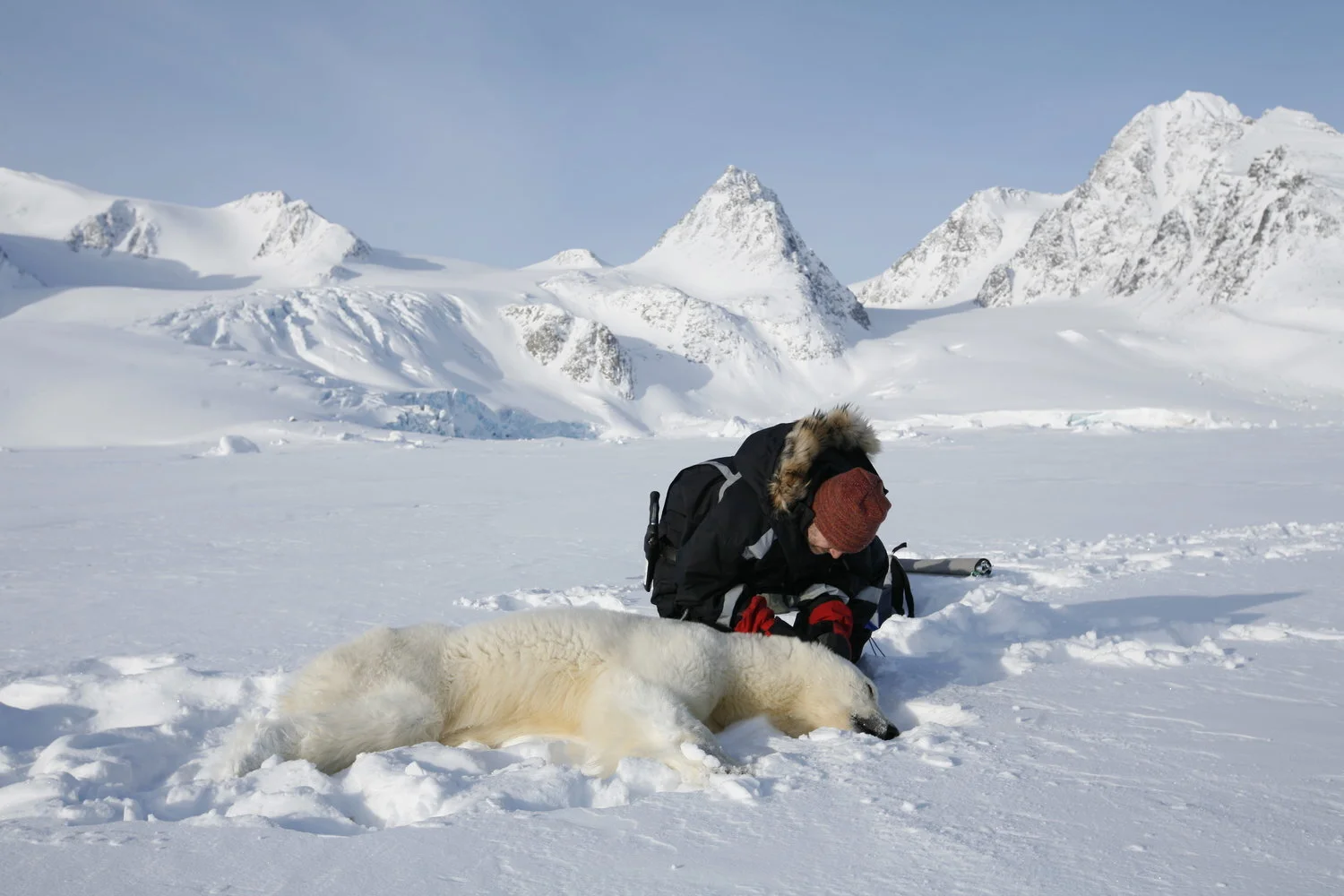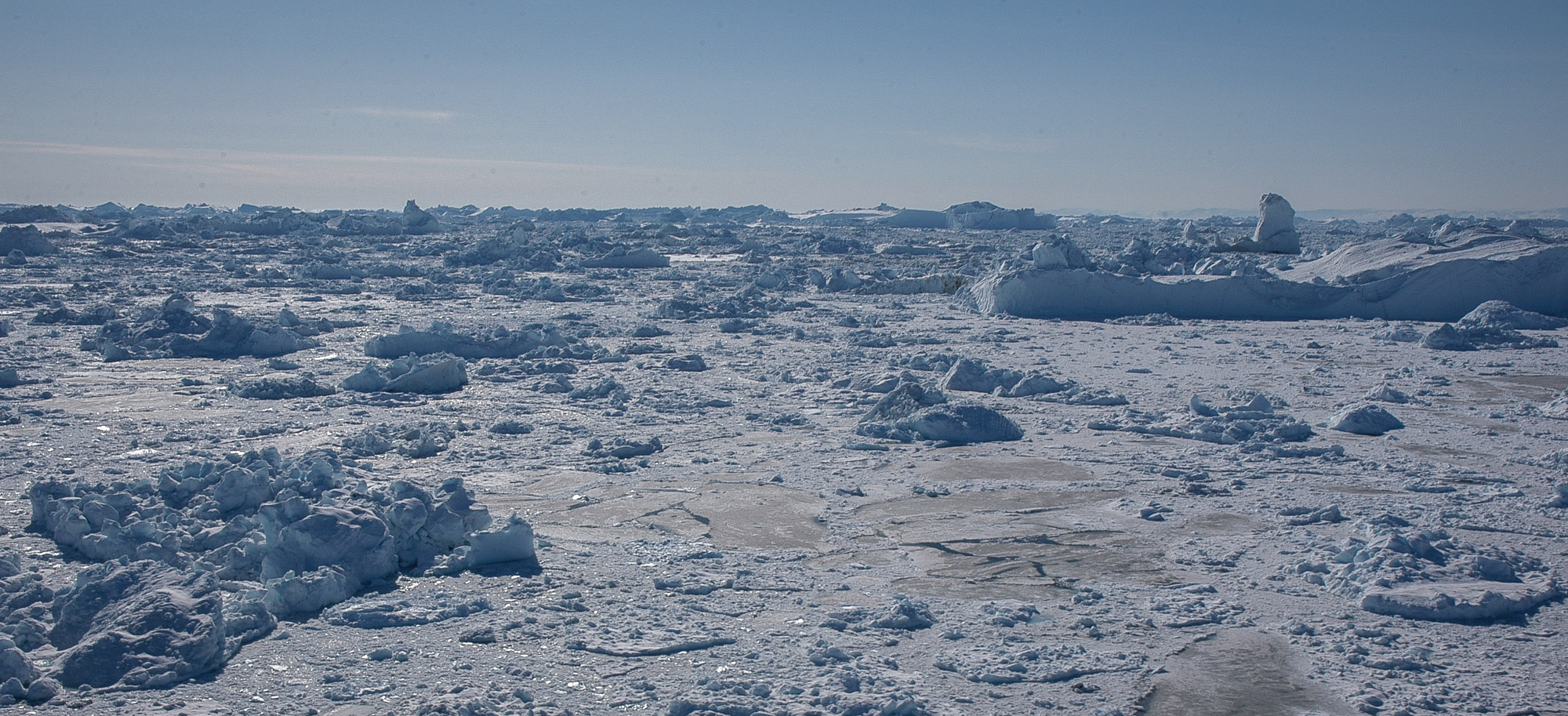We'd Better Listen To What The Polar Regions Tell Us
SCIENCE
This article is a part of the series Listening to Polar Regions produced in media collaboration between JONAA and Global Geneva and published in both.
Writer: Clare Nullis
Photographs: Kristjan Fridriksson
July 2018
The impact of climate change on the world’s Polar regions can no longer be ignored. As Clare Nullis of the World Meteorological Organization (WMO) in Geneva writes, the problem is not just about melting ice caps. It is about the need to translate science into urgent political action.
The Arctic and parts of the Antarctic are warming twice as rapidly as the rest of the world, causing melting of glaciers, shrinking sea ice and snow cover. The impact of this is felt in other parts of the globe – as evidenced most clearly by rising sea levels. For us to ignore such realities places the entire planet in peril.
But it doesn’t stop there. Because of teleconnections, the poles influence climate conditions in populated parts of North America, Europe and Asia where hundreds of millions of people live. Warming Arctic air and declining sea ice are believed to affect ocean circulation and the jet stream high up in the atmosphere. There is growing proof that they are potentially linked to extreme weather including – ironically – bitterly cold spells in the northern hemisphere winter.
The changing face of the Arctic
Obviously, the most immediate and dramatic impacts are felt by the people, wildlife and ecosystems in the Polar regions. Indigenous communities face threats to their way of life, their homes and their hunting and fishing. Traditional knowledge is no longer reliable for forecasting weather conditions. An increase in tourism and other activities might potentially bring some economic benefits and open new transport passages as sea ice thaws. But at what price?
“What is of most concern is what the thawing permafrost does in terms of infrastructure erosion around the coast, what it does to the settlements, the cultural heritage. It is changing the face of the Arctic,” observes Susan Barr, President of the International Arctic Science Committee. In the town of Longyearbyen in Norway’s Svalbard, the valley sides are becoming unsafe. In 2015 and 2016 there were two serious avalanches. “We have to think about moving the entire older part of town,” said Barr, who has worked for 40 years with Polar cultural heritage.
I interviewed Barr, and the heads of three other top Polar research agencies during the Arctic Circle Assembly last October in Reykjavik, Iceland. All were surprised at the speed of change. All, too, voiced concern that science is not being translated into policy.
In meteorological terms the Arctic and, in particular, the Antarctic are the world’s most poorly observed regions because of their remoteness. There is an urgent need to improve weather and sea-ice forecasts to ensure the safety of transport, tourism, exploration and scientific activities.
There is a fear that ships seeking to navigate ice-laden polar seas may not be designed to cope with the harsh environment. Less ice does not mean less danger, and help may be thousands of kilometres away. Any oil spills could also be environmentally catastrophic.
WMO in Geneva is trying to address these short- comings, and is working with the Arctic Council and the Antarctic Treaty system to provide them with the best possible information. The Year of Polar Prediction (spread over two years to cover both the Arctic and Antarctic winters and summers) is currently underway with the aim of improving forecasts of weather, climate and ice conditions.
“Climate change really hit home for me when I found out that two little ice caps in the Canadian Arctic I had studied back in 1982 and 1983 as a young graduate student had essentially disappeared”
“Globally, even a small rise in sea level will impact on all coastlines. All the major cities in the world and the supply chains are on the coast so just a few centimetres of sea level rise will have a major impact. The realities are there. It is now up to policymakers to respond"
More up-to-date information
And WMO has just initiated Arctic seasonal predictions, using the same model as in other parts of the world. The first ever Pan-Arctic Regional Climate Outlook Forum last May in Canada brought together scientists, indigenous communities and representatives of climate-sensitive sectors like shipping. It will become a regular event, providing up-to-date summer and winter seasonal predictions.
Surface temperatures are expected to continue to be above average for June, July and August 2018, whilst sea ice is forecast to be below normal for most of the Arctic based on the outlook issued at the Forum meeting. But the Arctic had another warm winter. Temperatures in February briefly rose above the freezing point – remarkable at the height of the Polar winter.
As a result, Arctic sea-ice extent was well below average, with record-high thin first-year ice which is more susceptible to melting. Ice cover in the Bering Sea, on the northern edge of the Pacific Ocean was also at a record low at the end of April. “Basically the Bering Sea is ice-free, when normally there would be more than 500,000 square kilometres of ice,” said the US National Snow and Ice Data Center. Its director, Mark Serreze, has spent more than 35 years studying snow and ice and describes the changes in his book “Brave New Arctic.”
“Climate change really hit home for me when I found out that two little ice caps in the Canadian Arctic I had studied back in 1982 and 1983 as a young graduate student had essentially disappeared,” he wrote in an op-ed on The Conversation website, previewing the book. “I often find myself wondering whether the remains of those two little ice caps will survive another summer. Scientists are trained to be sceptics, but for those of us who study the Arctic, it is clear that a radical transformation is underway. My two ice caps are just a small part of that story. Indeed, the question is no longer whether the Arctic is warming, but how drastically it will change – and what those changes mean for the planet,” wrote Prof. Serreze.
Melting of the West Antarctica ice sheet is a major concern
Much of the attention is focused on the Arctic, but we should not forget the Antarctic. Spanning 14 million km2 (roughly twice the size of Australia), its immense ice sheet is up to 4.8 km thick and contains most of the planet’s fresh water. Enough to raise sea level by around 60 metres were it all to melt. The Antarctic Peninsula (the northwest tip near to South America) is among the world’s fastest warming regions, almost 3°C over the last 50 years. Some 87 percent of glaciers along the west coast of the Antarctic Peninsula have retreated in the last 50 years and the rate is accelerating.
According to Jane Francis, Director of the British Antarctic Survey, the melting of the West Antarctica ice sheet is a major concern. “This ice sheet doesn’t sit only on rock, it sits mostly below sea level. When warm water gets underneath the ice shelf it melts from below,” she told me in an interview during the Arctic Circle Assembly. Modelling suggests there will be critical thresholds, and there will be a point when the West Antarctic ice sheet may melt very slowly and then very fast.
“About 5 metres of global sea level rise is captured in that ice sheet. Globally, even a small rise in sea level will impact on all coastlines. All the major cities in the world and the supply chains are on the coast so just a few centimetres of sea level rise will have a major impact,” she said. The realities are there. It is now up to policymakers to respond. ▢
JONAA©Kristjan Fridriksson
More Science:
Clare Nullis works with the World Meteorological Organization (WMO) in Geneva. This article is a part of the media collaboration between JONAA and Global Geneva.









